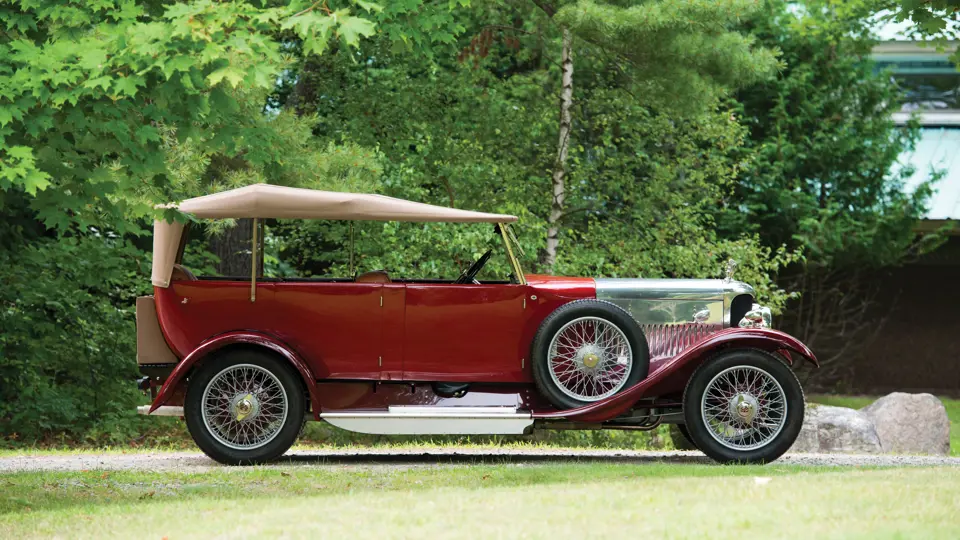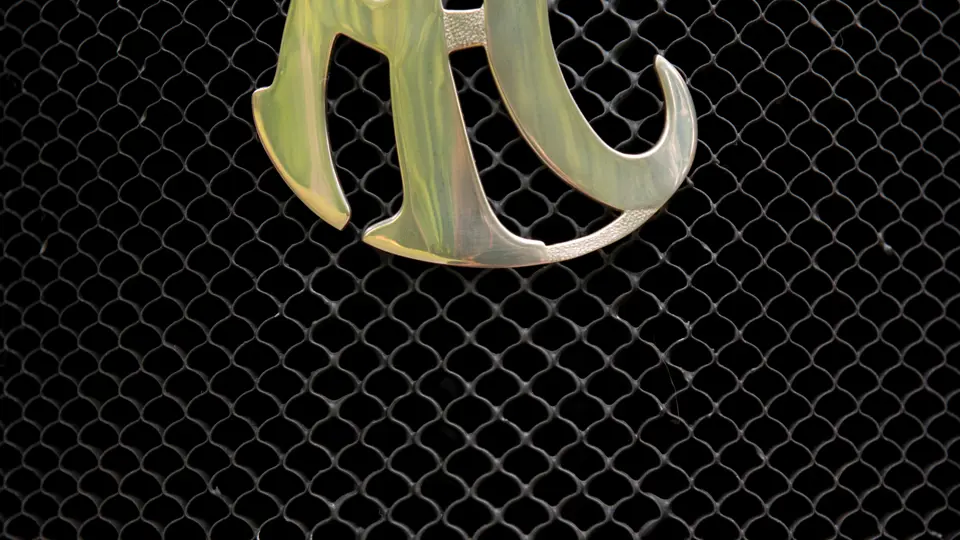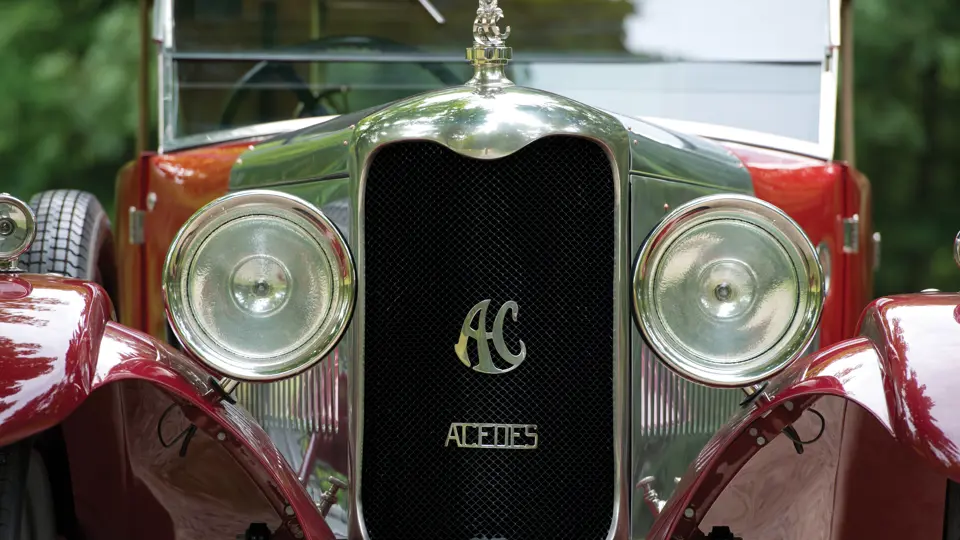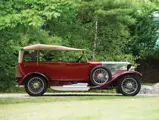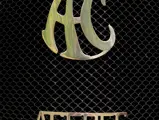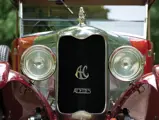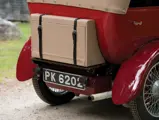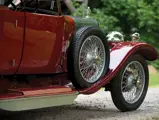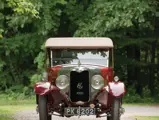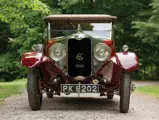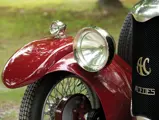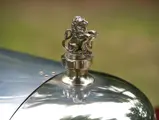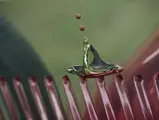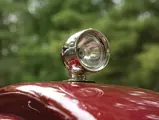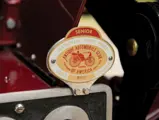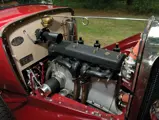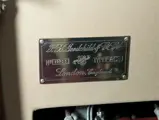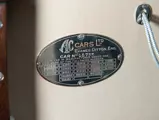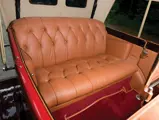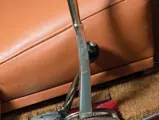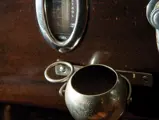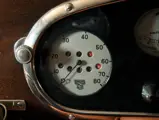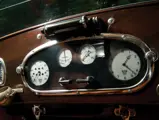
1929 AC Acedes-Magna Tourer
{{lr.item.text}}
$77,000 USD | Sold
Offered from the collection of John Moir
{{bidding.lot.reserveStatusFormatted}}
- Offered from the collection of John Moir
- Perhaps the ultimate Classic Era AC
- Wonderful performance and original sporting coachwork
- A handsome older restoration by David Steinman
- A CCCA Full Classic
65 bhp, 1,991 cc SOHC inline six-cylinder engine, four-speed manual transmission, live axle front and rear suspension with semi-elliptic leaf-spring suspension, and rear-wheel mechanical drum brakes. Wheelbase: 113 in.
Despite the successful efforts of S.F. Edge in promoting the company’s cars through competition, AC Cars Ltd. could not escape the worldwide economic collapse of 1929. It had soon gone into what was described as “voluntary liquidation,” and its assets were sold in 1930 to the Hurlock brothers, who had wanted the company’s factory for use as a warehouse for their haulage business. The future of AC automobiles, for a time, was very much in doubt.
The last model produced under Edge’s visionary leadership was the Acedes-Magna, which employed the famous overhead-cam, six-cylinder engine that had first been developed by AC Co-Founder John Weller; the company would use this engine in various forms for 40 years. It was a swift and sporting tourer that had very attractive modern bodywork, and it competed readily with such legends as the Bentley 3-Litre for space in the garages of gentleman sportsmen.
John Moir acquired the Acedes-Magna offered here in the United Kingdom. At the time, it was finished in the AC racing colors of the period, with the body in bare polished aluminum and the fenders finished in maroon. In the course of his painstaking restoration of the car, restorer David Steinman, of Waitsfield, Vermont, refinished the body and fenders in a classic scarlet, with the hood left as bare aluminum. The car has a very elegant dashboard with nickeled instruments, a windshield with wind wings for the passengers in the rear seat, and beautifully tailored leather upholstery. While the restoration is now two decades old, it has aged only gently and would require only a little time and polish to return it to sparkling condition for the show field. More appropriately, this CCCA Full Classic would also be a distinctive choice for the club’s popular CARavans.
This example is accompanied by a file that contains correspondence between previous British caretakers, past registrations, and assorted receipts and documents, and it may well be the most important AC of the Classic Era.


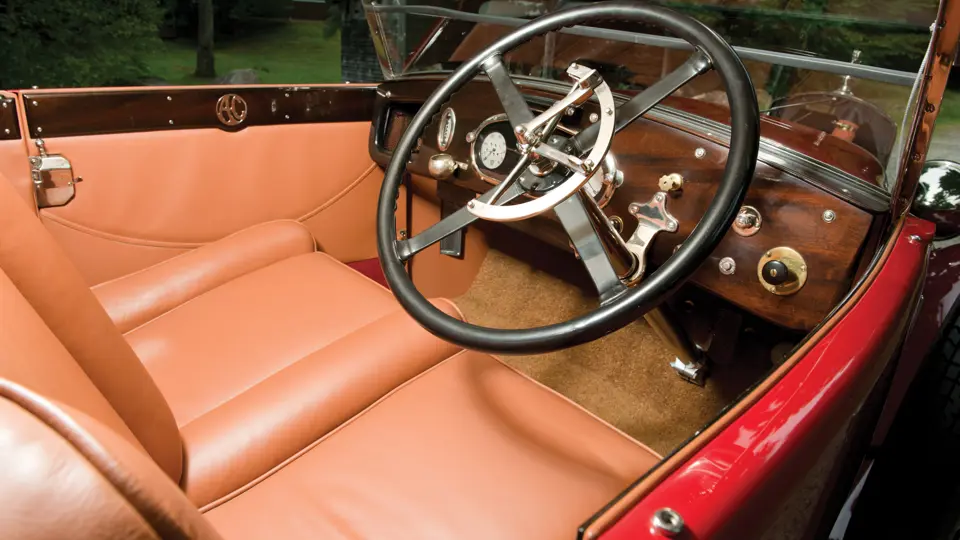

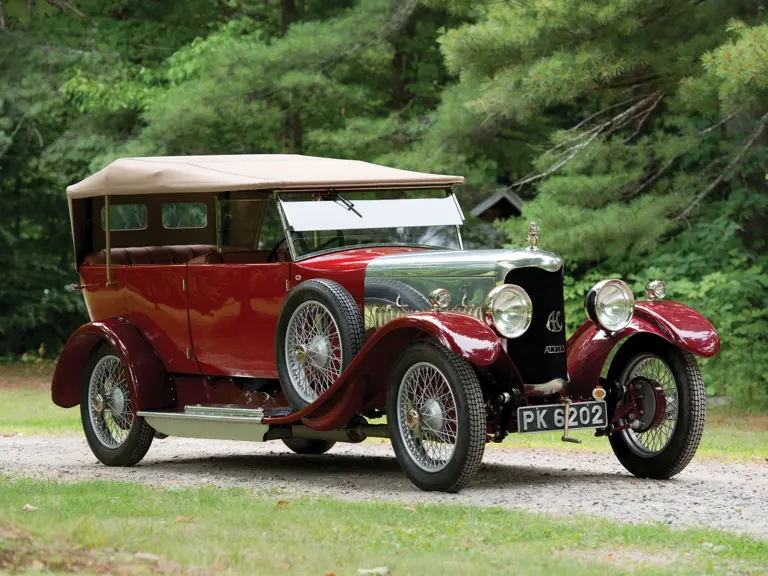

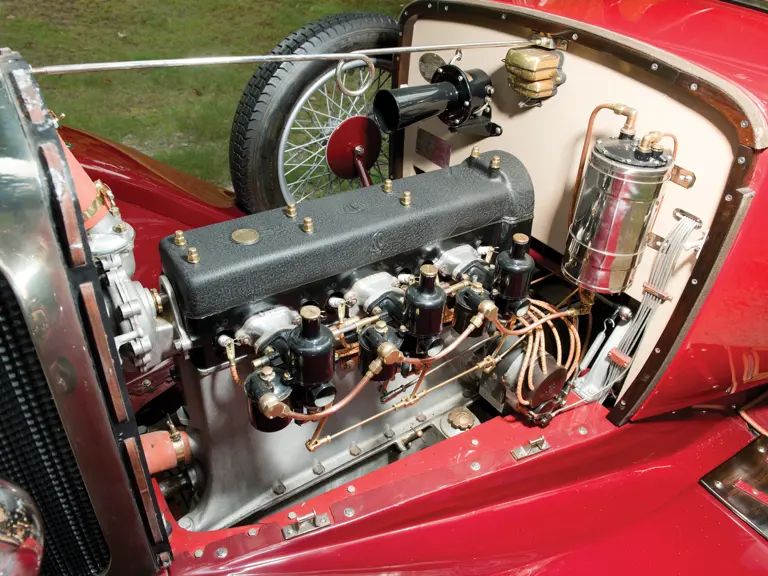


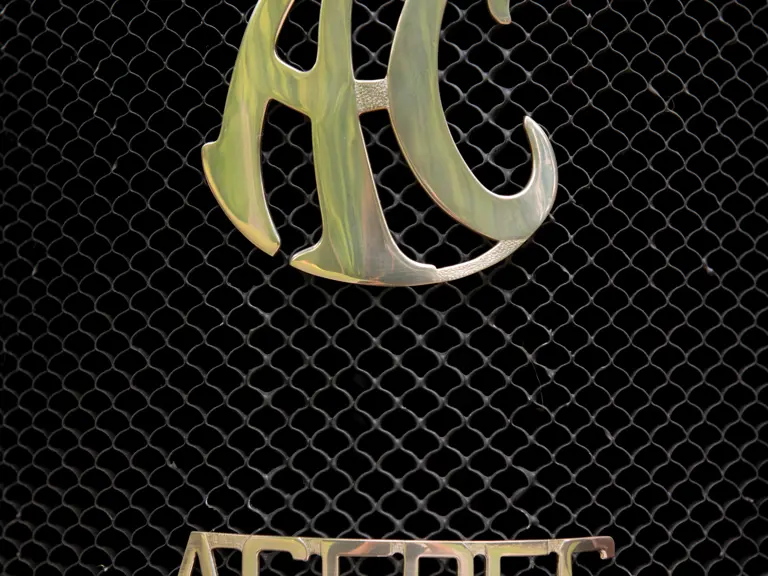

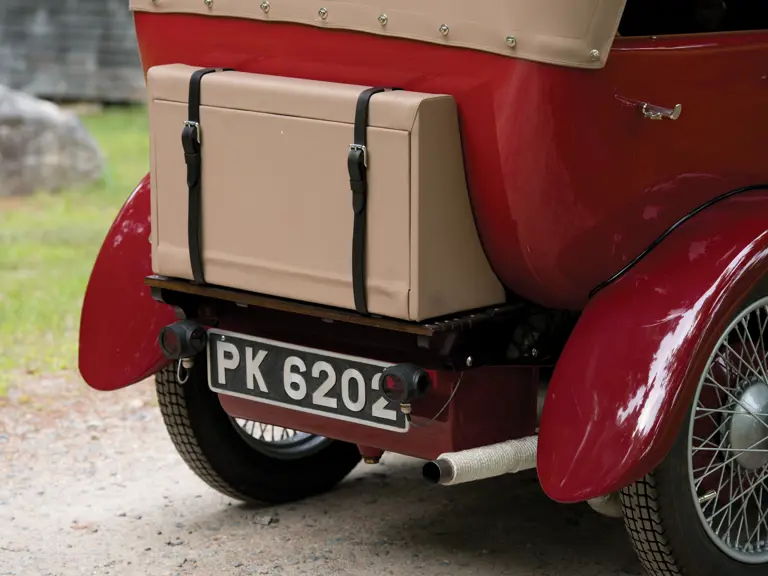
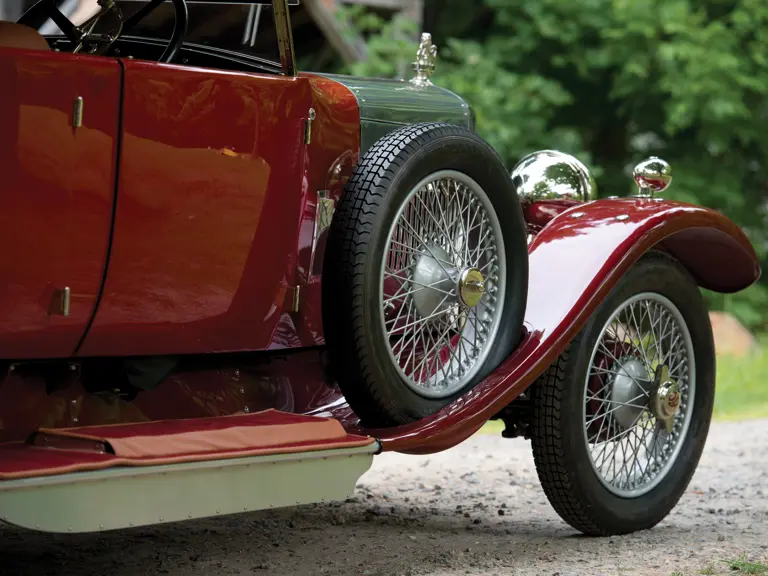
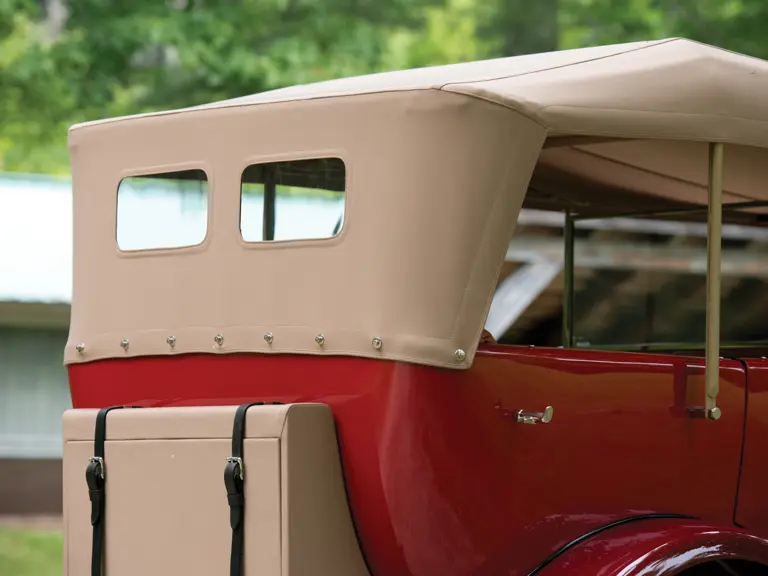
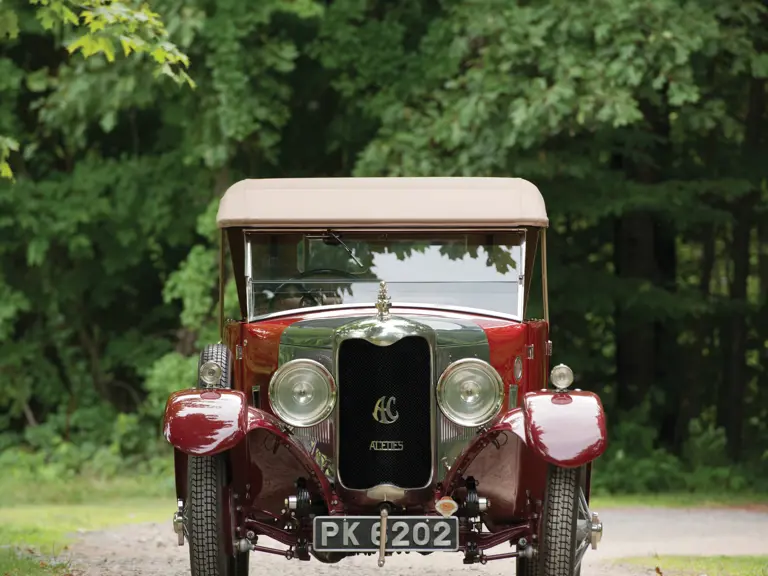
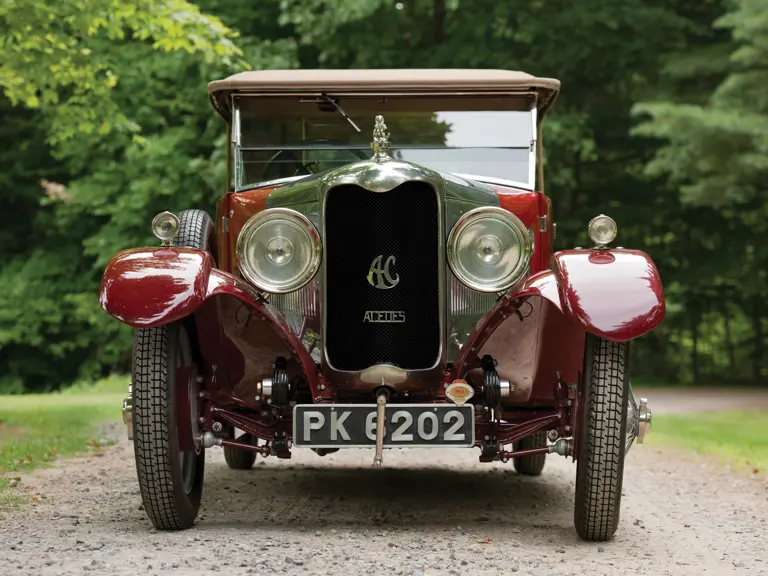
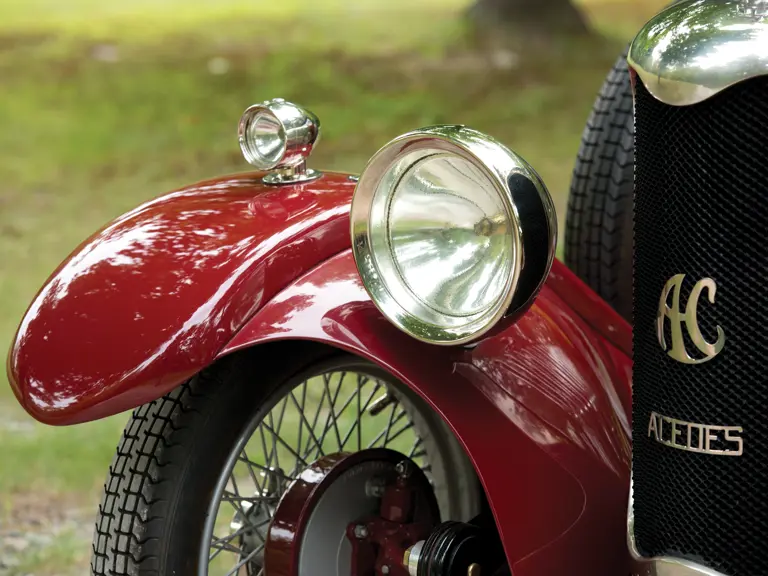

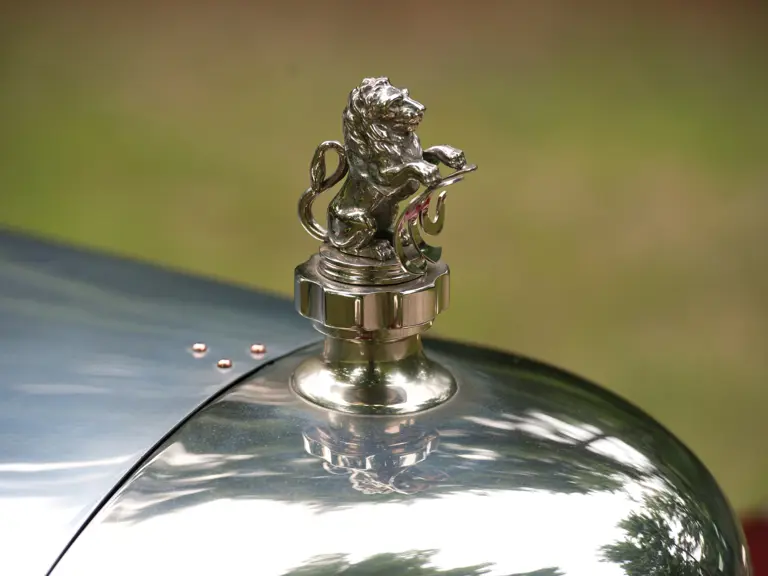
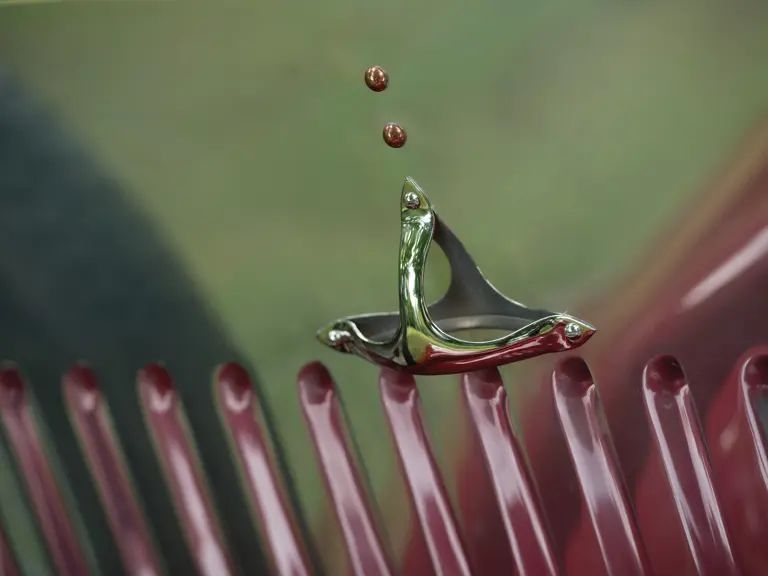
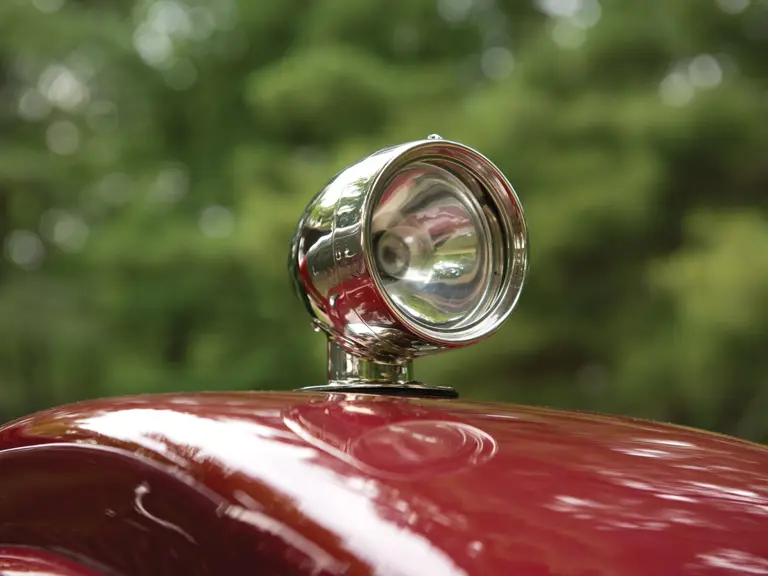
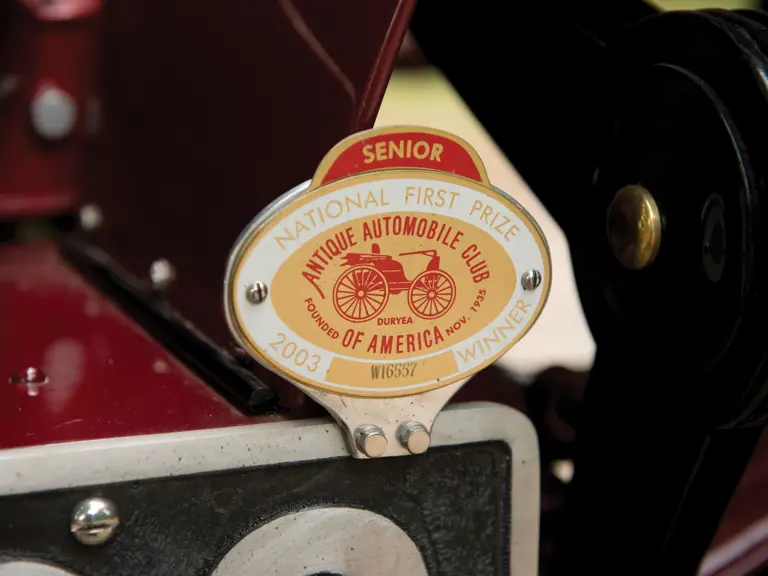

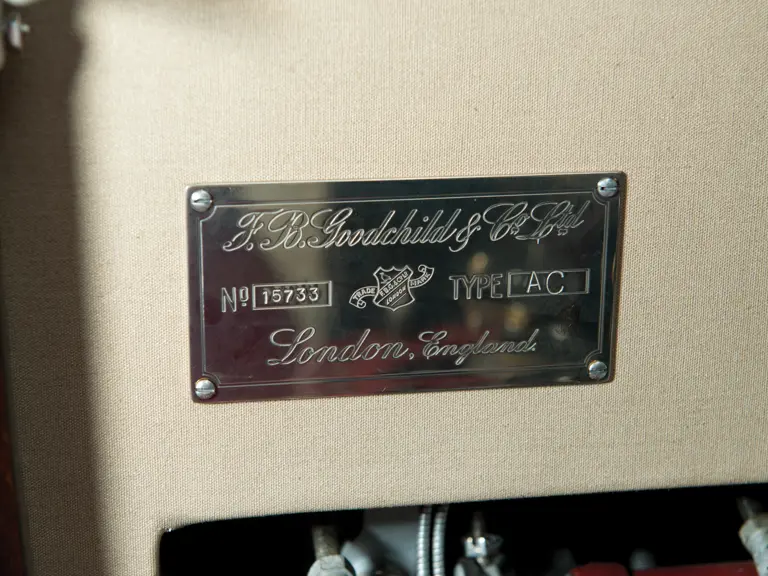
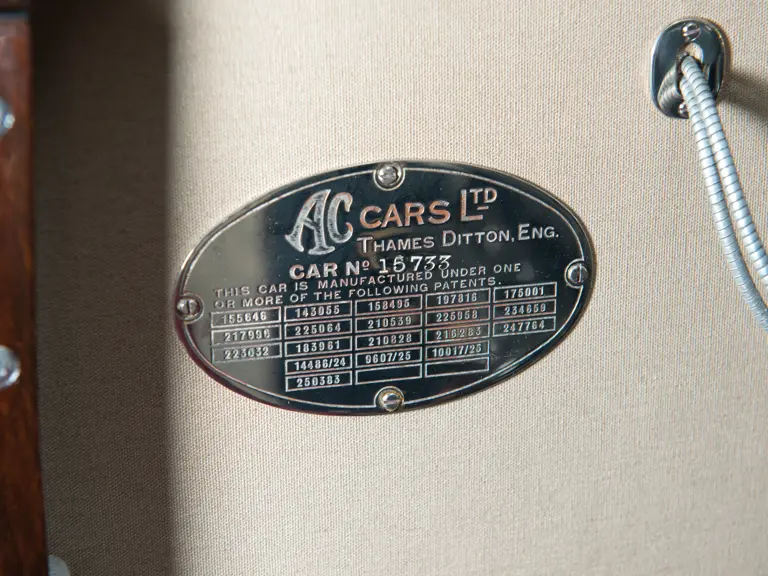
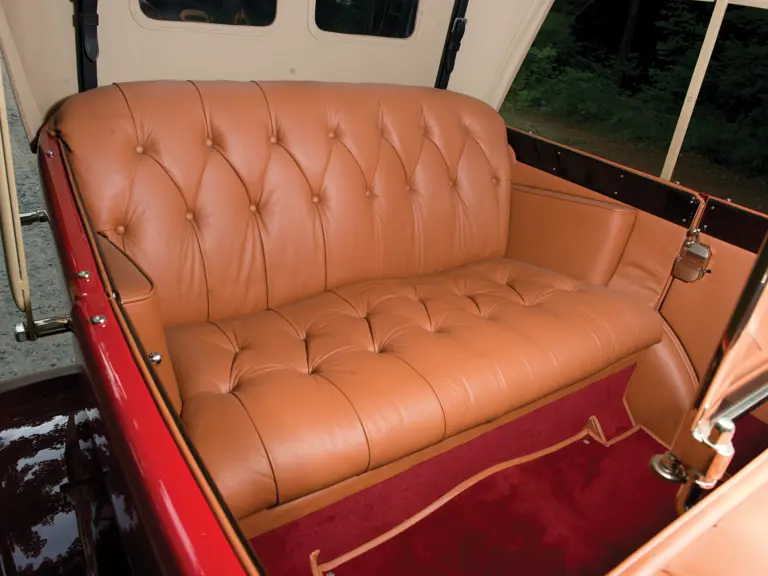
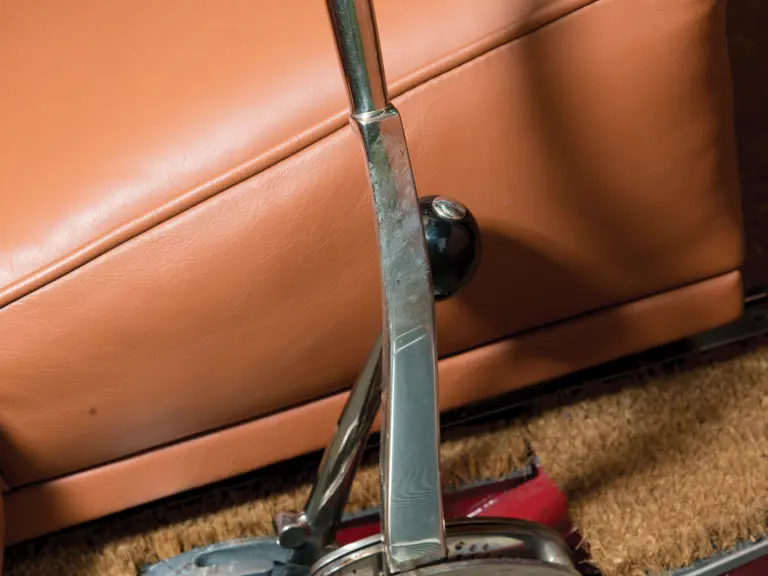
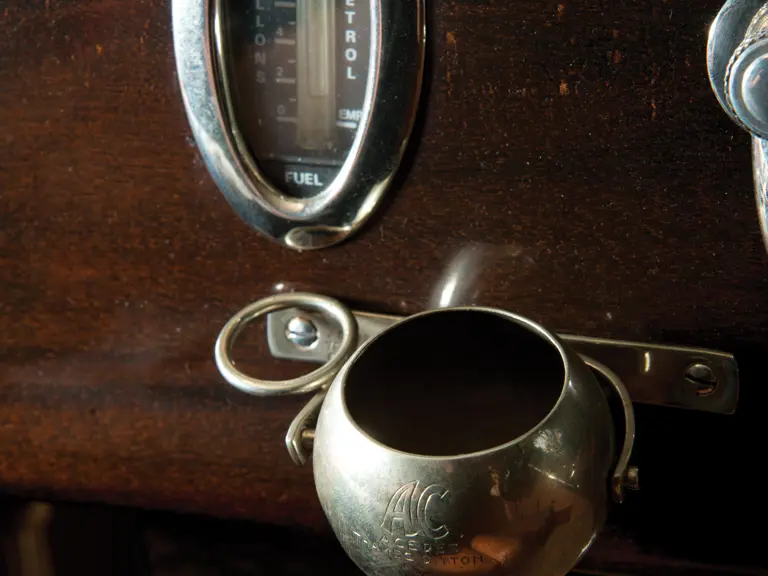
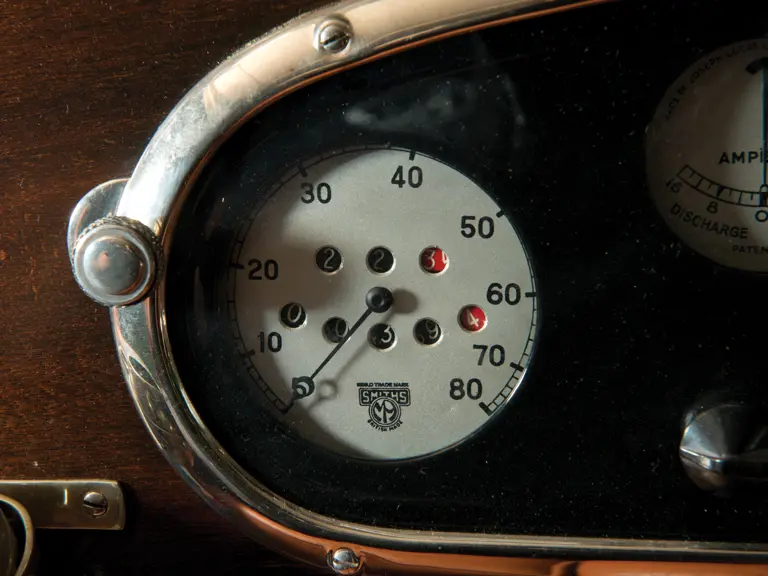
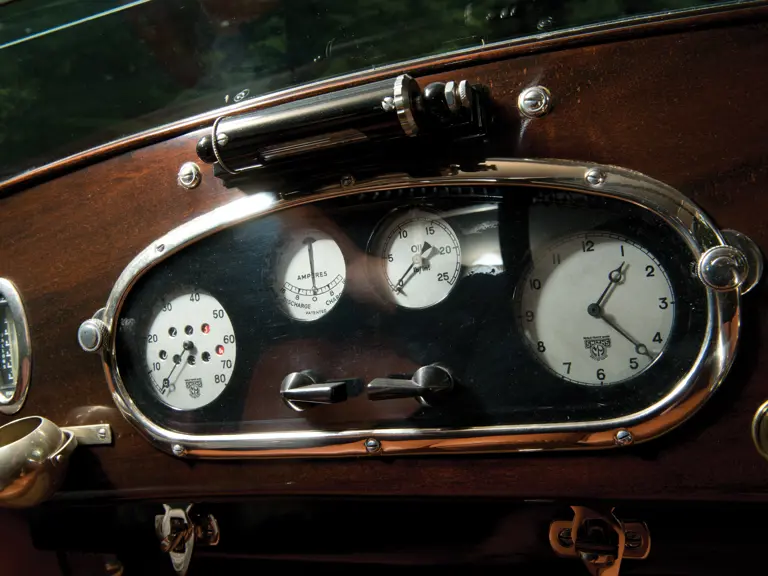
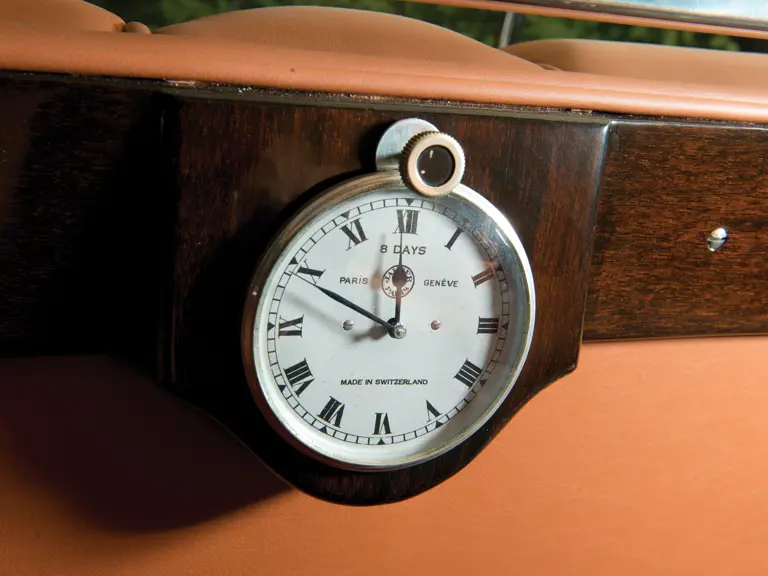
 | Hershey, Pennsylvania
| Hershey, Pennsylvania
